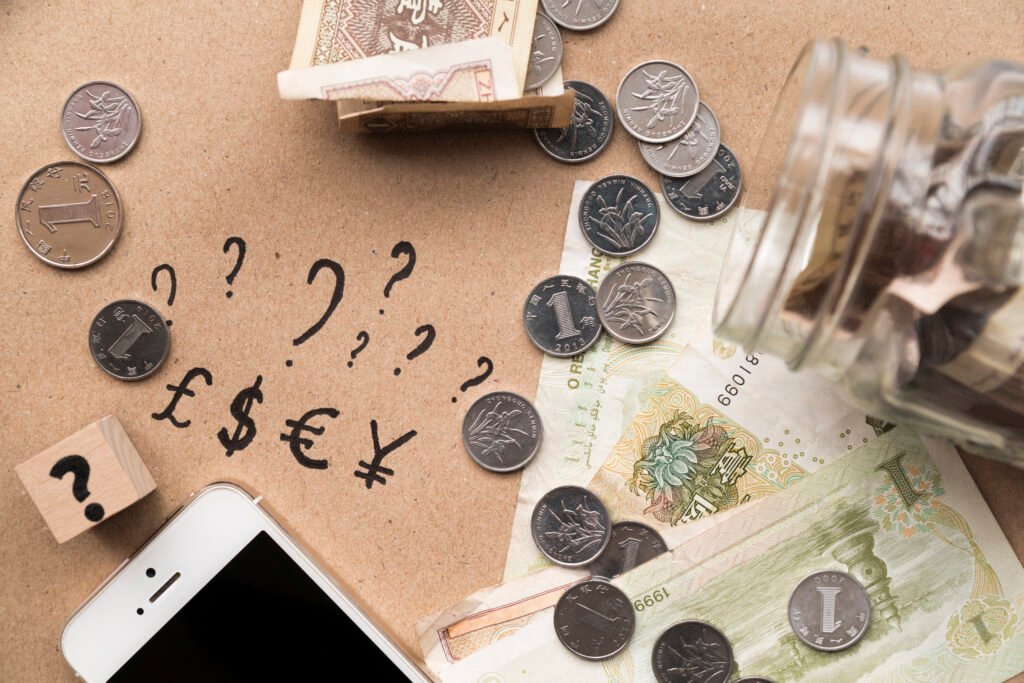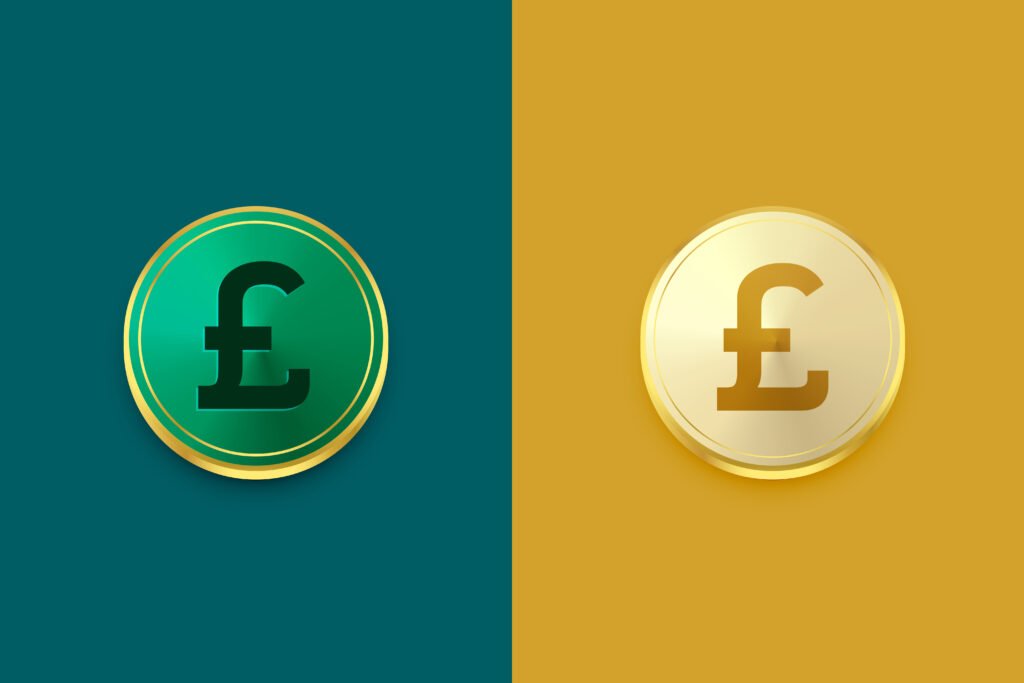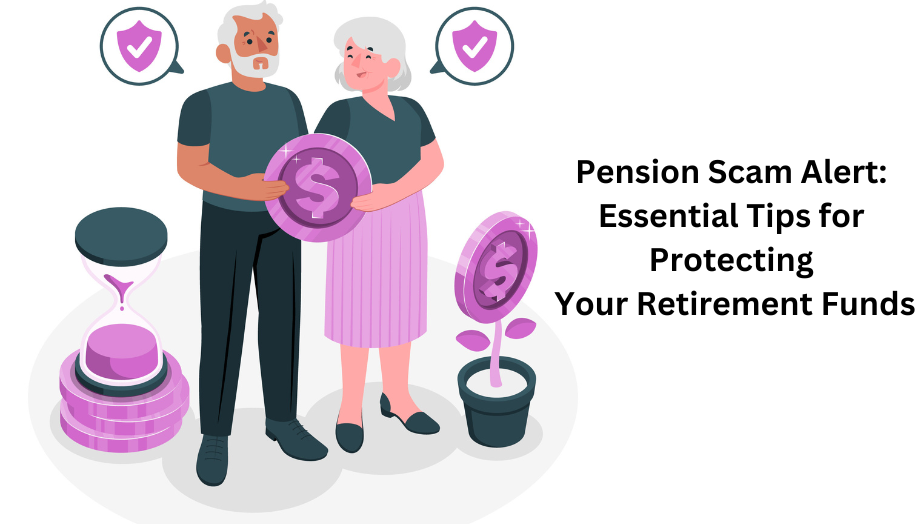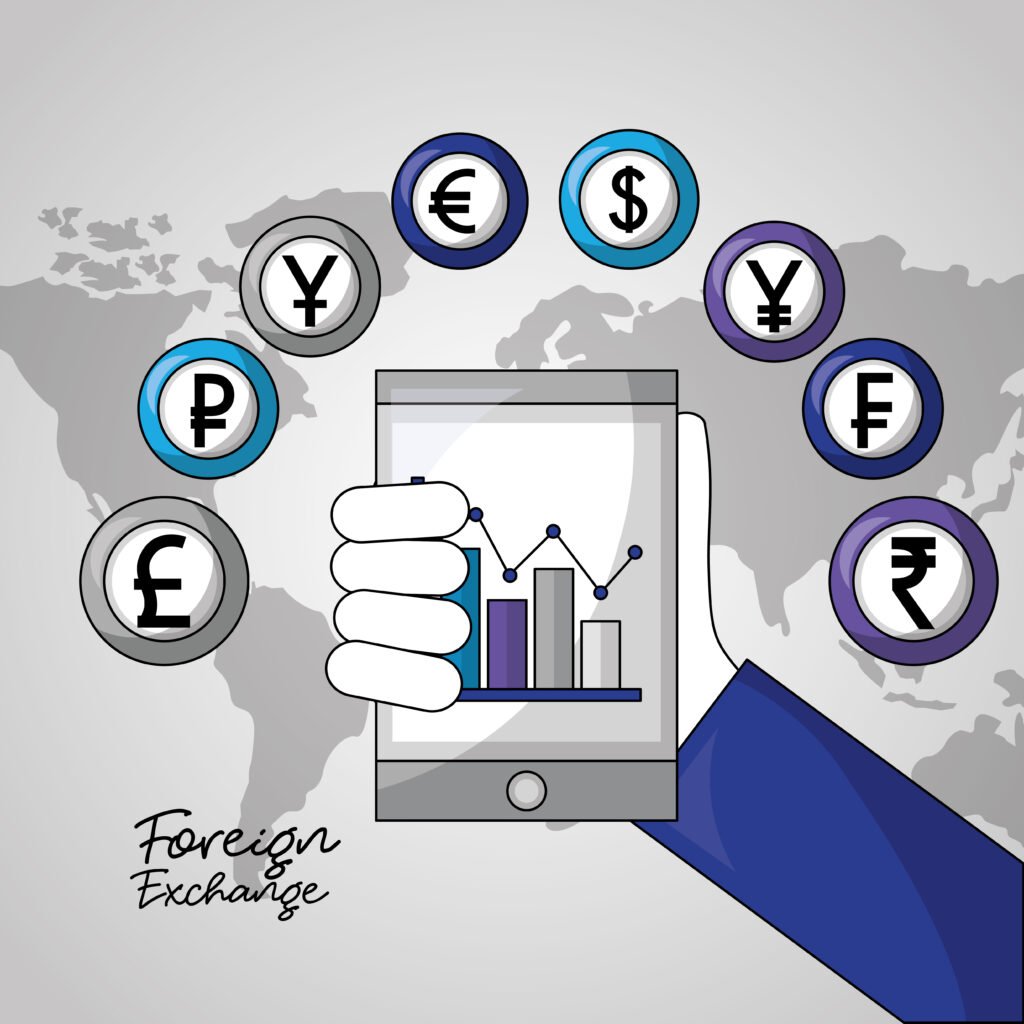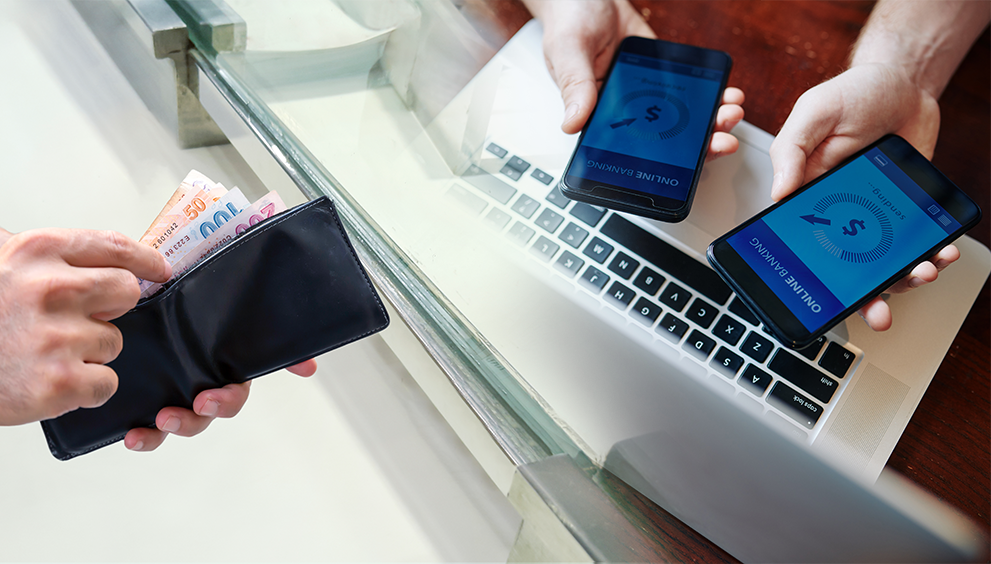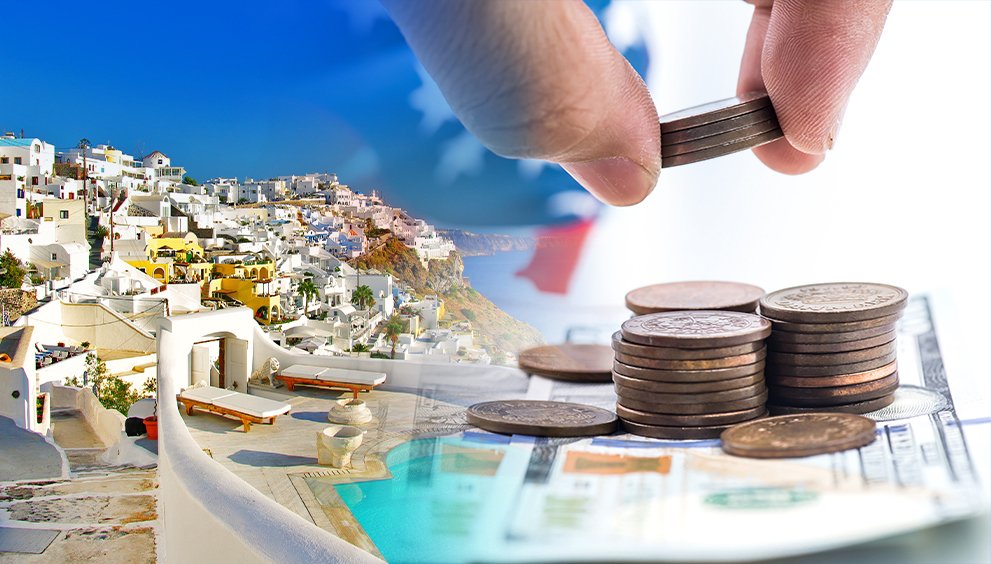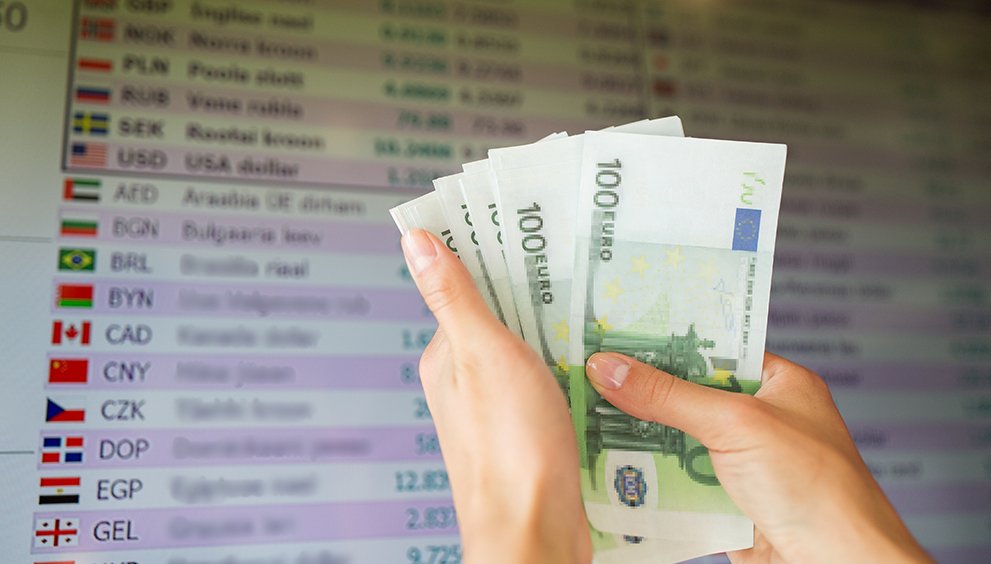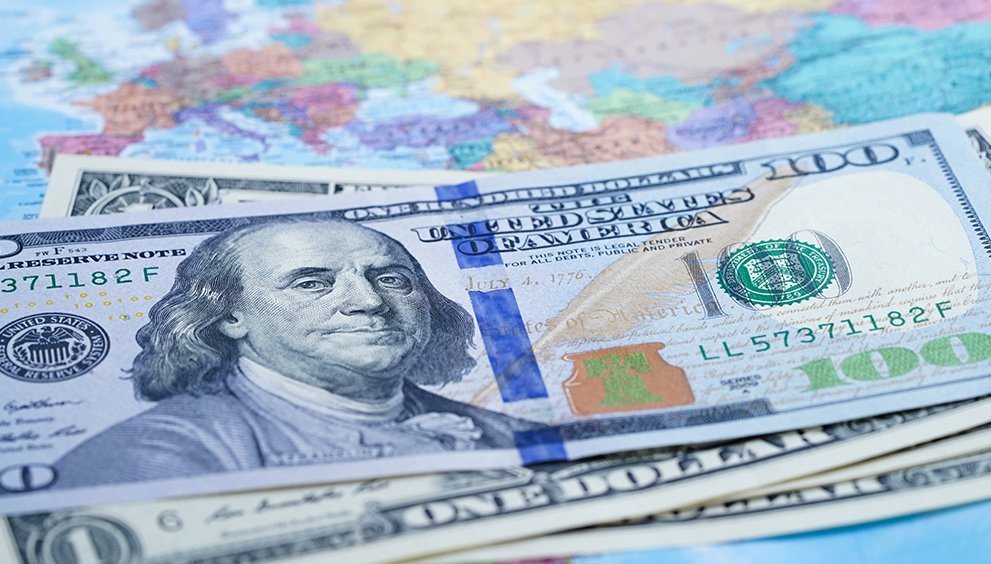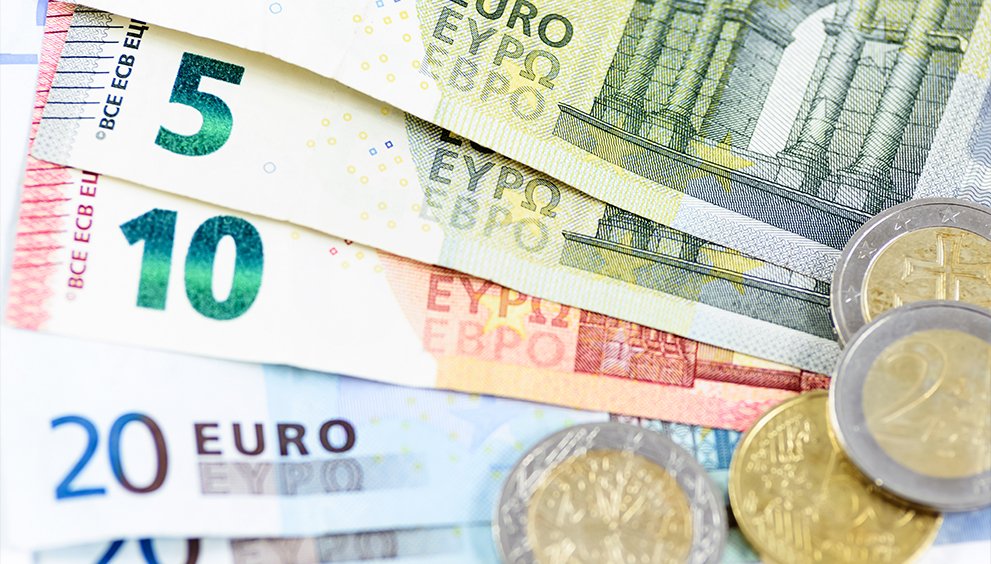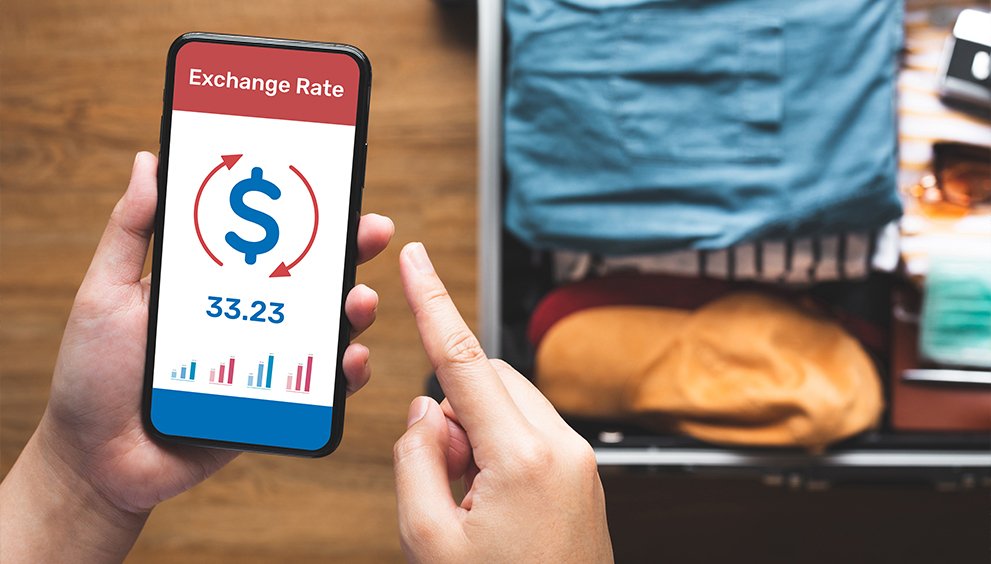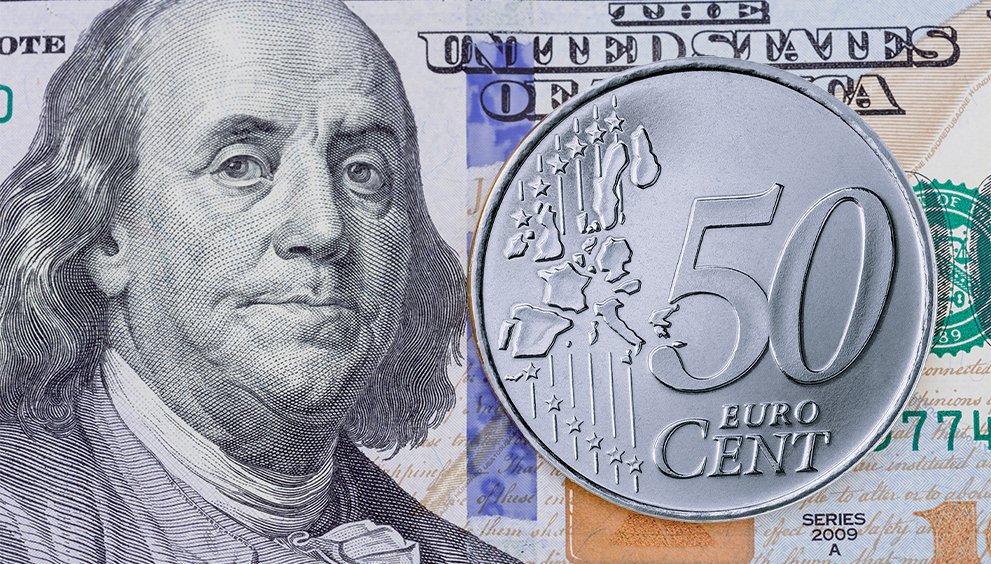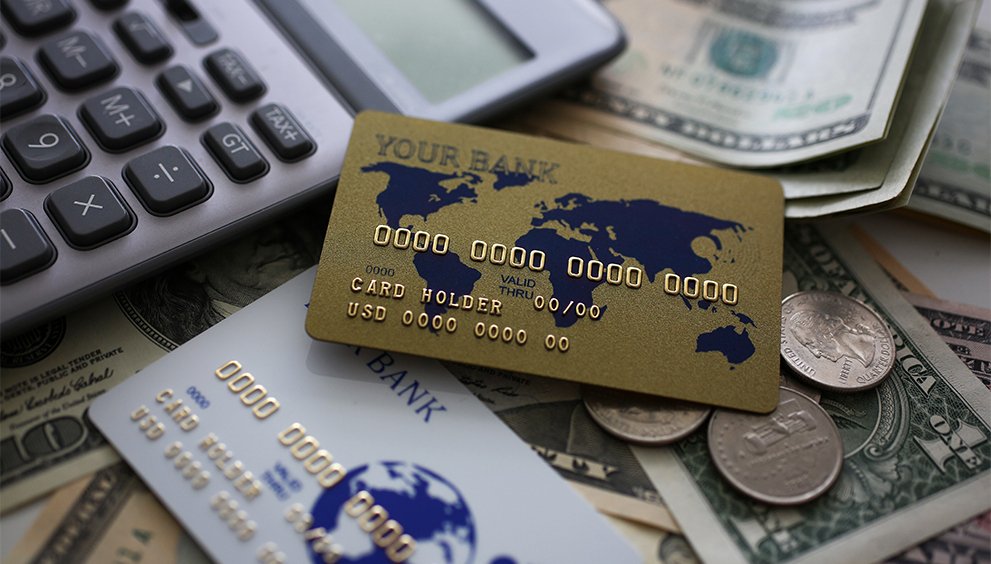Prepaid Travel Cards vs. Cash: Which is Better for Currency Exchange?
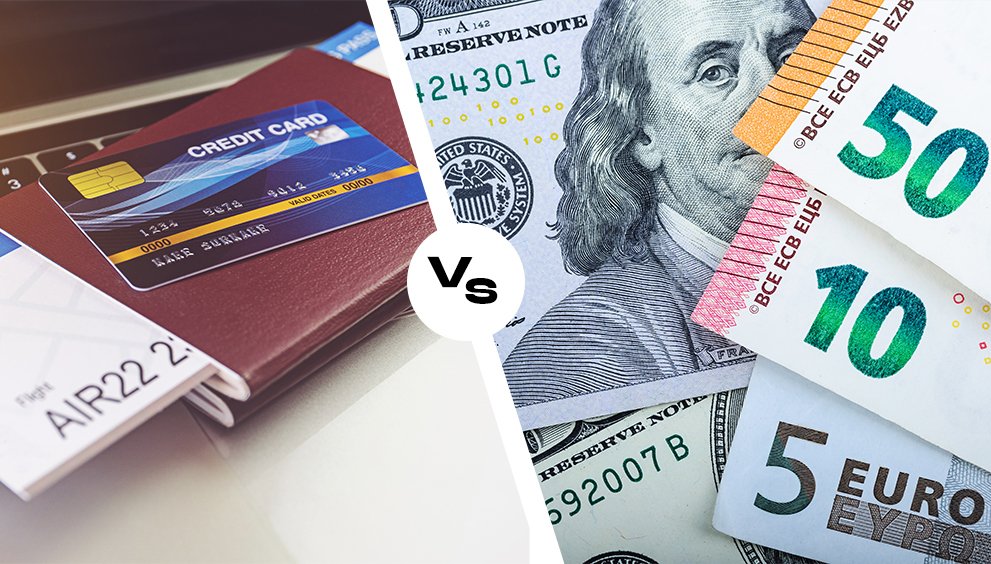
When planning a trip abroad, one of the big questions you’ll face is how to handle your money. Should you rely on cash for everyday expenses, or is a prepaid travel card the smarter choice? Both options come with their own pros and cons, and the right answer depends on your destination, spending habits, and personal preferences.
In this guide, we’ll break down the advantages and drawbacks of prepaid travel cards and cash to help you make an informed decision for your next adventure.
What Are Prepaid Travel Cards?
A prepaid travel card is a payment card you load with money in advance, often in the currency of your destination. These cards are specifically designed for travelers and can be used like a debit or credit card for purchases or ATM withdrawals. Popular options include Wise (formerly TransferWise), Revolut, Travelex Money Card, and cards offered by major banks or credit card providers.
How Do They Work?
- You load money onto the card before your trip, either in your home currency or in the destination’s currency.
- The card locks in the exchange rate at the time of loading, shielding you from fluctuations.
- You use the card for payments or withdrawals abroad, with any applicable fees deducted automatically.
Prepaid Travel Cards: The Pros and Cons
Pros
1. Fixed Exchange Rates
One of the biggest perks of prepaid travel cards is the ability to lock in the exchange rate when you load the card. If the rate improves later, you might miss out, but locking in a favorable rate before you go can help you budget more effectively and avoid surprises.
2. Security
Prepaid cards are safer than carrying large amounts of cash. If the card is lost or stolen, you can easily block it and request a replacement without losing the money on it. Unlike cash, which is gone for good if stolen, prepaid cards give you peace of mind.
3. Convenience
Travel cards are widely accepted at shops, restaurants, and ATMs, especially in tourist-friendly destinations. They also eliminate the need to carry wads of cash, which can be cumbersome and risky.
4. Budget Control
Since you preload a set amount of money onto the card, it’s easier to stick to your travel budget. Many cards also offer apps or online tools that let you track spending in real time.
5. Multi-Currency Options
Some prepaid cards, like Wise or Revolut, allow you to hold multiple currencies at once. This is especially useful if you’re visiting several countries with different currencies.
Cons
1. Fees Can Add Up
Prepaid travel cards often come with fees, including:
- Reload fees (when adding money).
- ATM withdrawal fees.
- Inactivity fees (if you don’t use the card for a while).
- Currency conversion fees for transactions in a currency not loaded on the card.
Be sure to read the fine print to understand what fees apply to your card.
2. Not Universally Accepted
While prepaid cards are widely accepted in urban areas and tourist hubs, some merchants, especially in rural or less-developed regions, may only accept cash.
3. Limited Reload Options Abroad
Reloading your card while overseas can sometimes be tricky, particularly if you don’t have reliable internet access or if your provider’s app or website isn’t user-friendly.
What About Cash?
Cash has been the go-to option for travelers for centuries, and for good reason. While digital payment methods are becoming more common, cash is still king in many parts of the world.
Pros and Cons of Using Cash
Pros
1. Universal Acceptance
Cash is accepted virtually everywhere, from bustling cities to remote villages. In regions where credit card infrastructure is limited or unreliable, cash is often your only option.
2. No Hidden Fees
Once you’ve exchanged your money, there are no additional fees to worry about. Unlike prepaid cards or credit cards, there are no transaction or withdrawal fees when you pay with cash.
3. Helps with Bargaining
In markets, street vendors, or small shops, cash can give you an edge for bargaining. It’s also quicker for small transactions, like grabbing a coffee or paying for public transportation.
Cons
1. Safety Concerns
Carrying large amounts of cash makes you a target for theft. If your cash is lost or stolen, it’s nearly impossible to recover.
2. Exchange Rate Uncertainty
When you exchange cash at a currency exchange bureau or bank, the rate you get might not be the best available. Additionally, rates can fluctuate, and you might lose value if you exchange too much upfront and don’t spend it all.
3. Difficult to Manage
Counting, organizing, and tracking cash can be tedious, especially if you’re dealing with unfamiliar denominations or multiple currencies during your trip.
Prepaid Travel Cards vs. Cash: Head-to-Head Comparison
| Feature | Prepaid Travel Card | Cash |
|---|---|---|
| Safety | Safer, can be blocked if stolen. | Risky—lost or stolen cash is gone. |
| Ease of Use | Convenient for payments and withdrawals. | Universally accepted but bulky to carry. |
| Exchange Rates | Locks in rates at time of loading. | Variable; depends on when/where you exchange. |
| Fees | Potentially high (reload, ATM, inactivity fees). | No ongoing fees once exchanged. |
| Acceptance | Widely accepted, but not everywhere. | Accepted everywhere. |
| Budgeting | Easy to track spending with apps. | Harder to monitor. |
How to Decide Which Is Better for You
When to Use a Prepaid Travel Card
- You value security: A prepaid card is safer than carrying large amounts of cash.
- You want to lock in rates: If exchange rates are favorable before your trip, locking them in on a card can help you save.
- You’re visiting multiple countries: Multi-currency cards are ideal for trips with multiple currencies.
- You’re budget-conscious: Real-time tracking helps prevent overspending.
When to Use Cash
- You’re traveling to remote areas: Cash is a must in places where card acceptance is limited.
- You prefer simplicity: Cash transactions don’t involve fees or account management.
- You enjoy bargaining: Physical currency gives you leverage in negotiations.
A Balanced Approach: Combine Both
Rather than relying solely on a prepaid travel card or cash, a combination of the two often works best. Here’s how to strike the right balance:
- Bring Some Cash for Immediate Expenses: Exchange a small amount of cash before your trip to cover transportation, tips, and meals when you first arrive.
- Use the Prepaid Card for Larger Purchases: Pay for hotels, dining, and shopping with your travel card to benefit from security and convenience.
- Have a Backup Plan: Carry a credit card with no foreign transaction fees and keep it as a backup in case your travel card or cash runs out.
Tips for Getting the Most Out of Both Options
For Prepaid Travel Cards:
- Compare providers to find the best rates and lowest fees.
- Load the card during favorable exchange rates.
- Use apps to track spending and manage reloads.
For Cash:
- Exchange money at banks or credit unions for better rates.
- Avoid airport currency exchange counters unless it’s an emergency.
- Divide your cash into smaller amounts and store it in multiple places (e.g., wallet, luggage, money belt).
Final Thoughts
When it comes to currency exchange, there’s no one-size-fits-all solution. Both prepaid travel cards and cash have their strengths and weaknesses, and the best choice depends on your destination, preferences, and travel style.
For maximum convenience and security, consider combining both options. Use a prepaid travel card for most of your expenses and keep some cash on hand for emergencies or situations where cards aren’t accepted. By planning ahead and understanding the pros and cons of each option, you’ll be well-prepared to manage your money—and focus on enjoying your trip.


 English
English 













